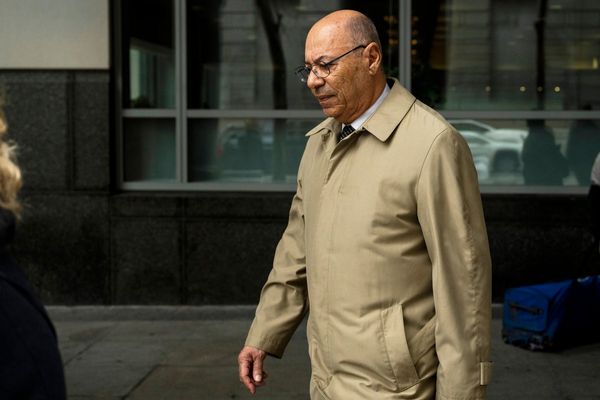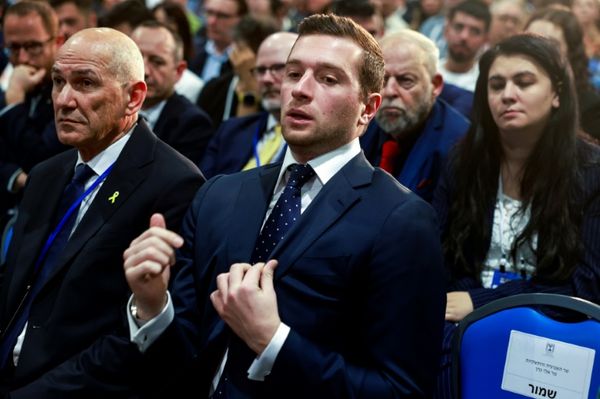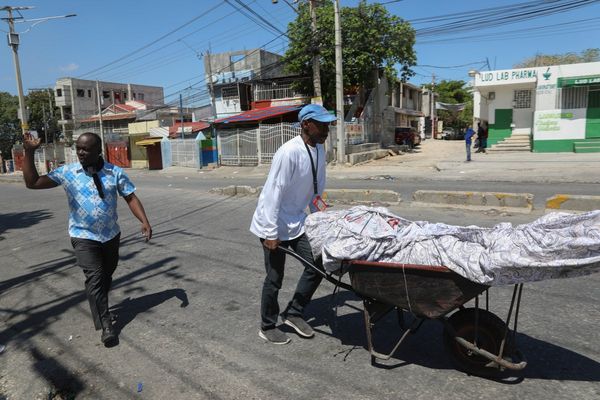
Australia's clean energy revolution remains off track as red tape, rising costs and connection constraints get in the way of more rapid development, industry data shows.
Investment in utility scale generation is usually a strong signal of where the sector is headed and the Clean Energy Australia 2024 report released on Wednesday shows it's in decline.
New financial commitments to build utility scale generation fell to $1.5 billion in 2023, significantly lower than $6.5 billion a year earlier.
Slow planning and environmental approvals, policy uncertainty and tighter markets for equipment and labour made it a "more complex and challenging landscape" for investors, the report said.
But Australia continued its run as a world leader per capita for household solar as millions of panels keep doing the heavy lifting - and cut power bills.
While year-on-year energy prices are still up, the report tipped a downward trend may be on the way as soon as 2024.
The industry urged the federal government to expand rebates to home batteries as the importance of rooftop solar will only continue to grow as the industry works to overcome the investment slowdown.
Some 5.9 gigawatts of renewable capacity was added in 2023, of which more than half (3.1GW) was rooftop solar as 337,498 solar energy systems were installed - up from 315,499 in 2022.
Australia's electricity generation from renewable sources hit 39.4 per cent, up from 35.9 per cent a year earlier.
Wind farms were the leading source at 13.4 per cent, followed by rooftop solar (11.2 per cent), medium and large-scale solar (7.0 per cent), hydro (6.5 per cent) and bioenergy (1.4 per cent).
Big batteries boomed, with investment at $4.9 billion by the end of 2023, up from $1.9 billion in 2022, and 27 projects under construction.
These will be spread around the national electricity market with three of the top five located in NSW (Waratah Super, Liddell and Eraring), one in Victoria (Melbourne Renewable Energy Hub) and one in Queensland (Western Downs).
As homes and cars go electric, the Australian Energy Market Operator has warned at least 6GW must be added annually to the energy network to meet the federal government's target of 82 per cent renewable energy by 2030.
Australia "clearly needs a rapid acceleration in investment and deployment", Clean Energy Council chief executive Kane Thornton said.
But Andrew Forrest's Squadron Energy disputed the claim there were no new financial commitments to utility-scale wind projects in Australia in 2023.
The renewable energy company's Uungula Wind Farm, the largest wind farm under construction in NSW and big enough to power 220,000 homes, reached financial close in December 2023 with a major pipeline to follow.

"This was a landmark milestone for renewable energy in Australia," a company spokesperson said.
Squadron Energy said it was committed to delivering 14GW in new renewable energy project investments by 2030, powering the equivalent of six million homes.
"This will deliver one third of the renewable energy required for Australia to meet its 2030 renewable energy target of 82 per cent," the spokesperson said.







